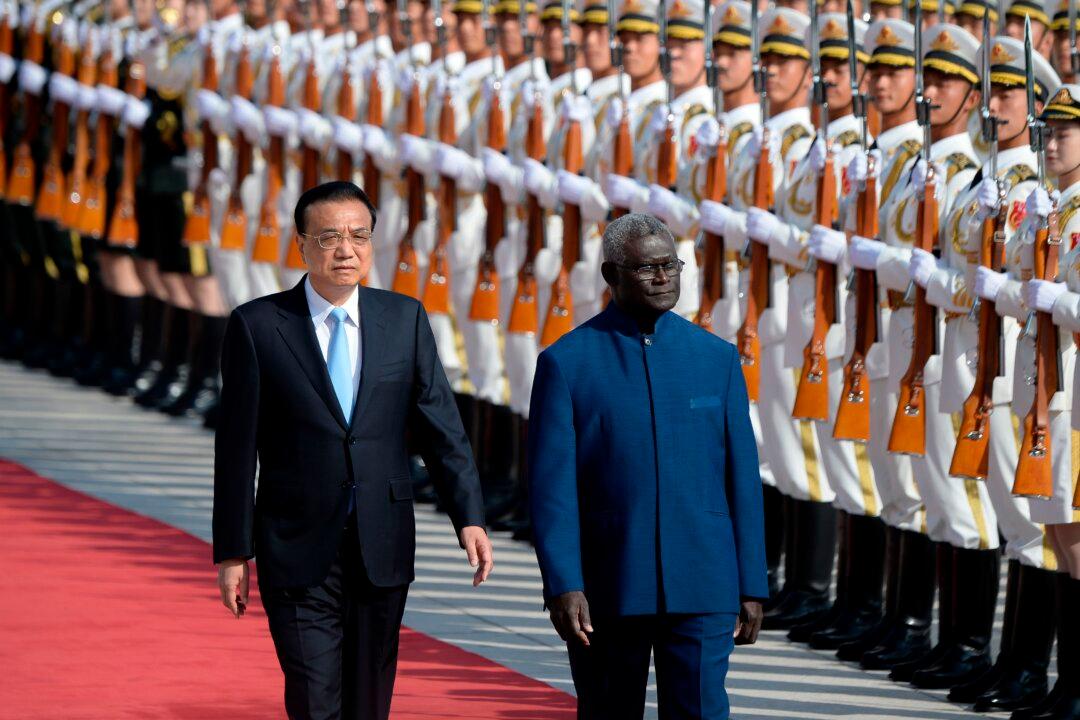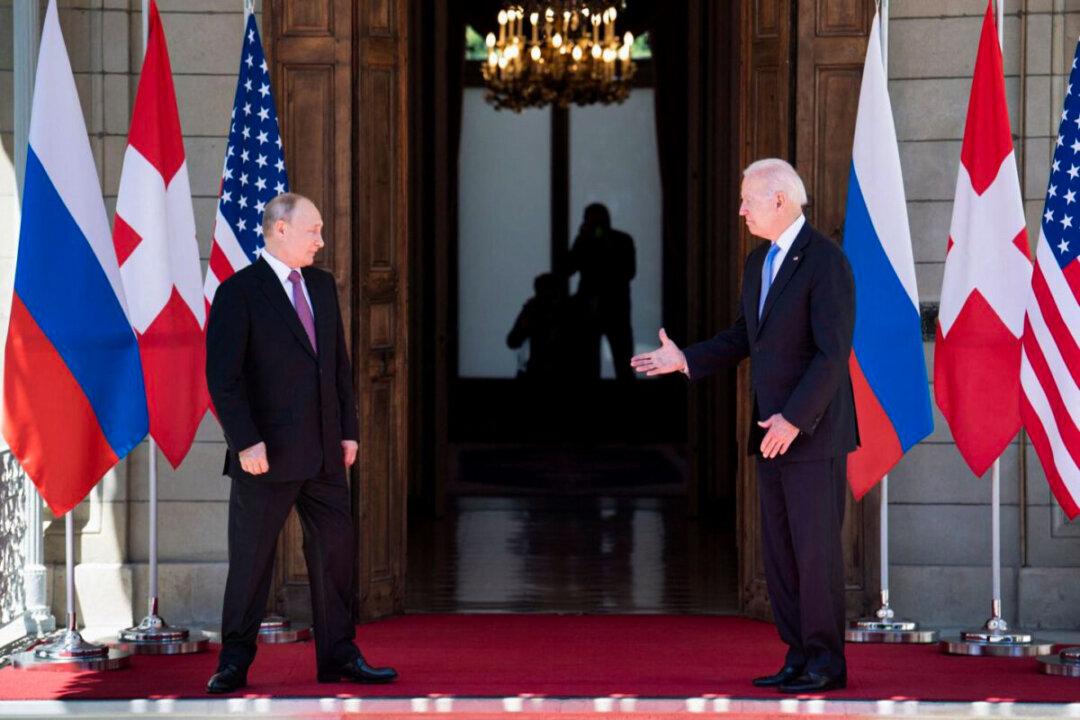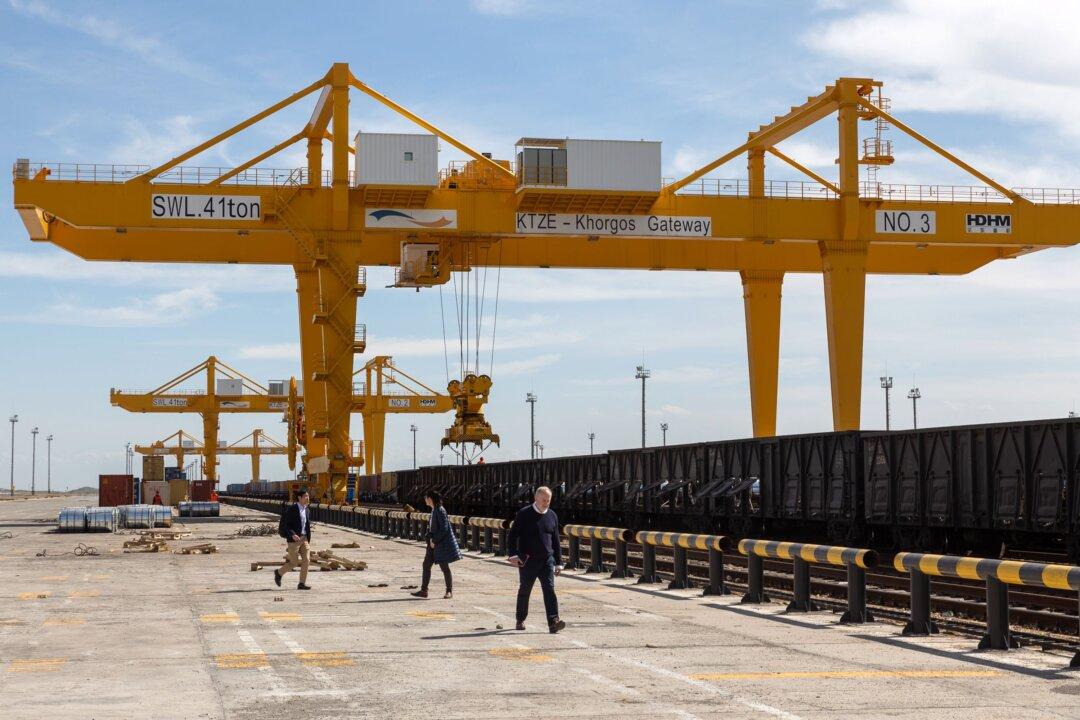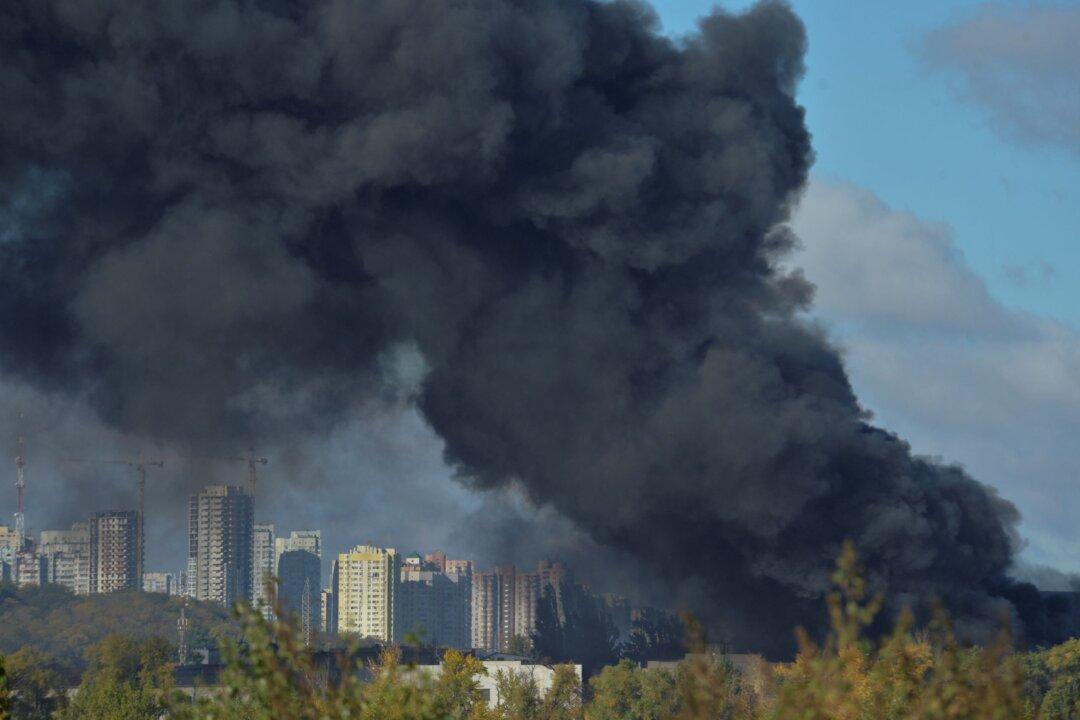News Analysis
On Aug. 23, the Solomon Islands advised the United States that it had issued a moratorium on port visits by foreign military vessels, pending a formal review of current protocols regarding such visits. The announcement affected the U.S. Coast Guard Cutter Oliver Henry and the Royal Navy’s HMS Spey, both tasked with policing international fishing in South Pacific waters. U.S. hospital ship USNS Mercy, however, was exempted from the ban.





